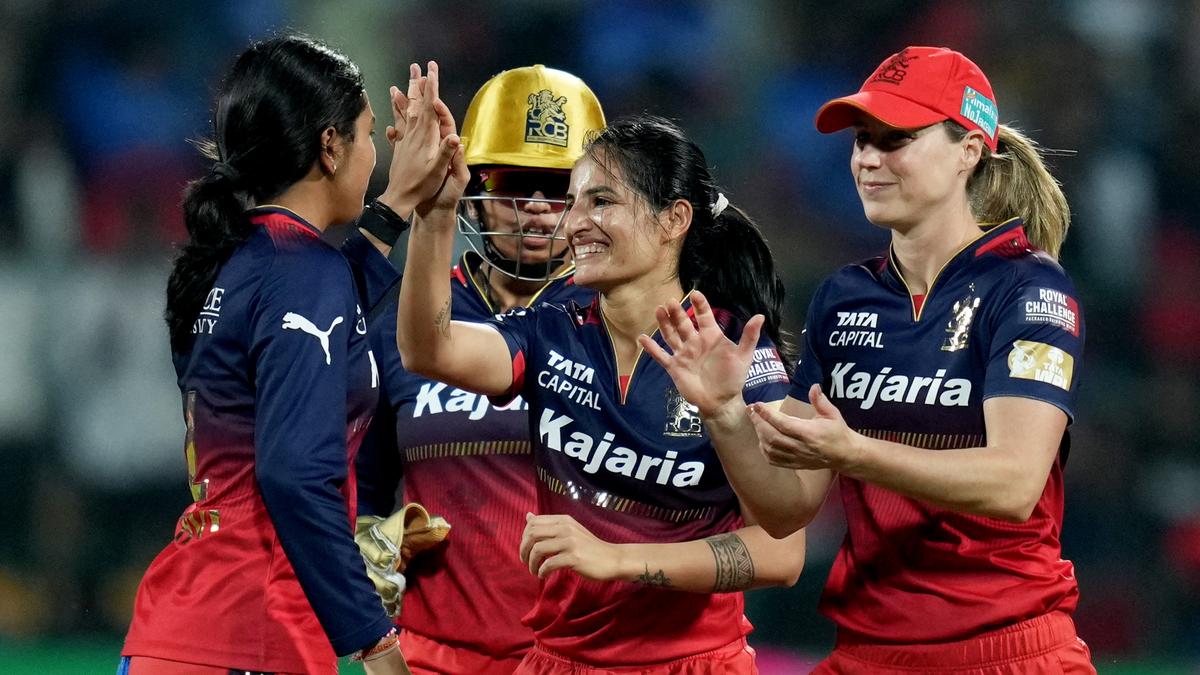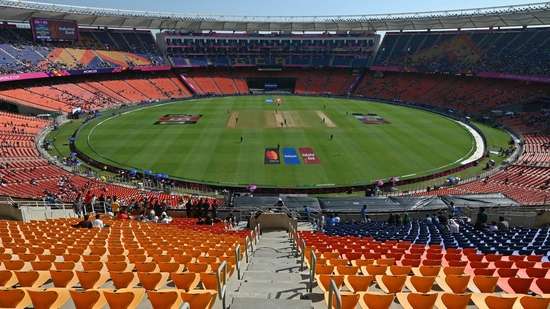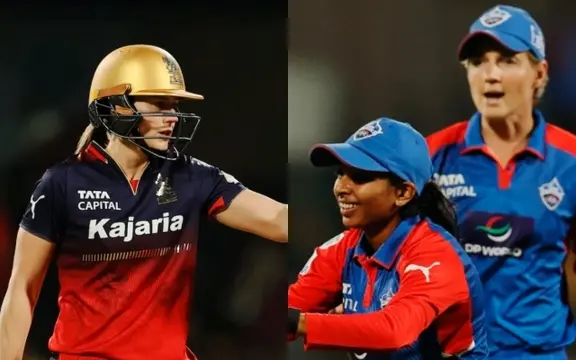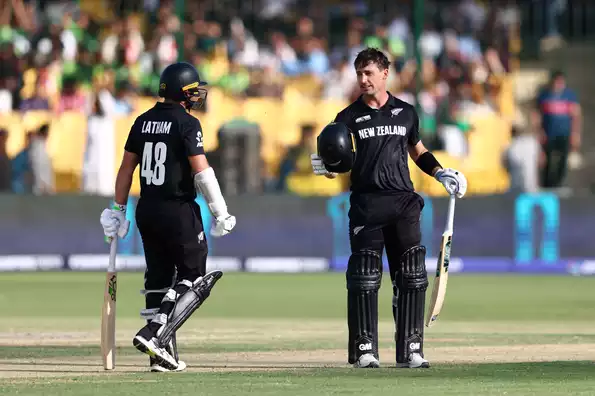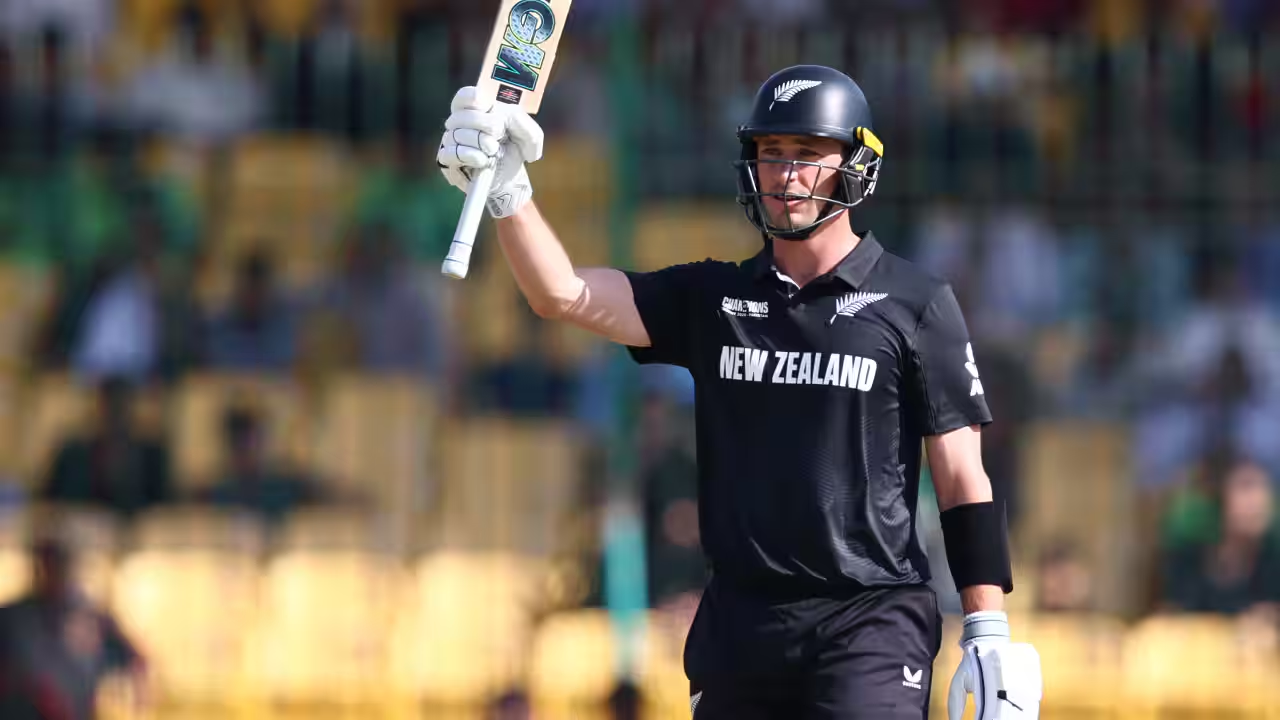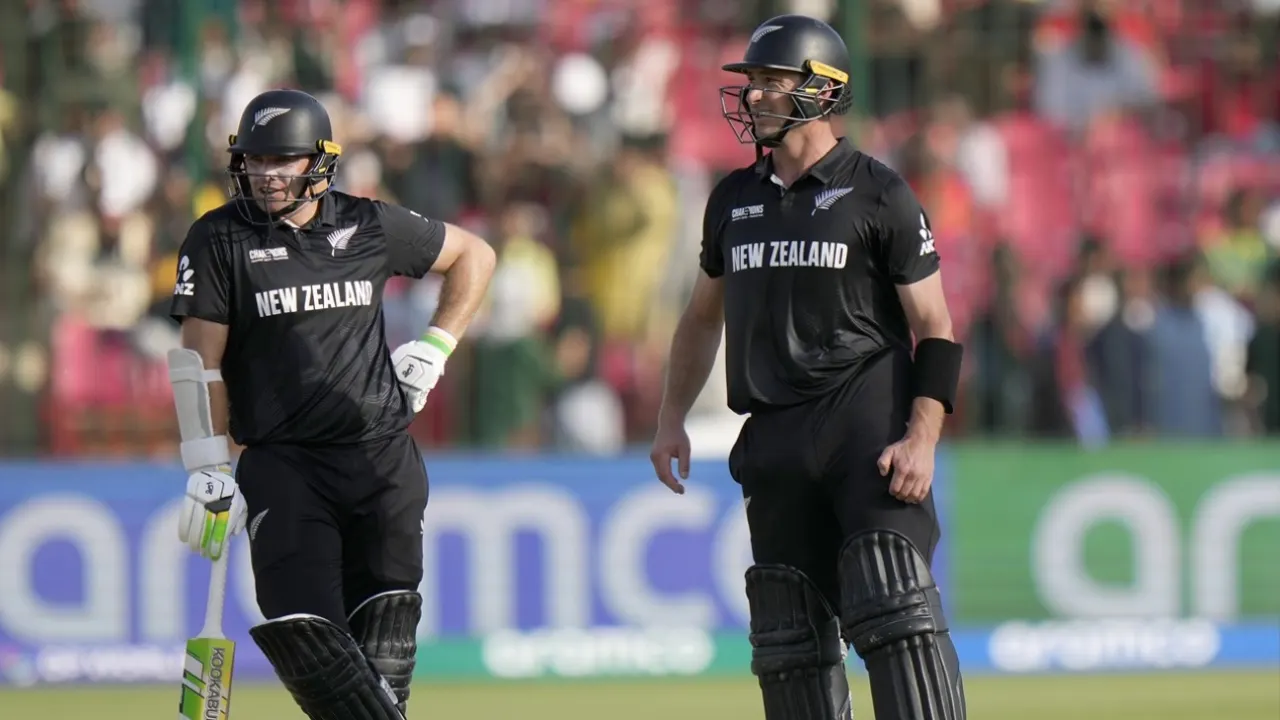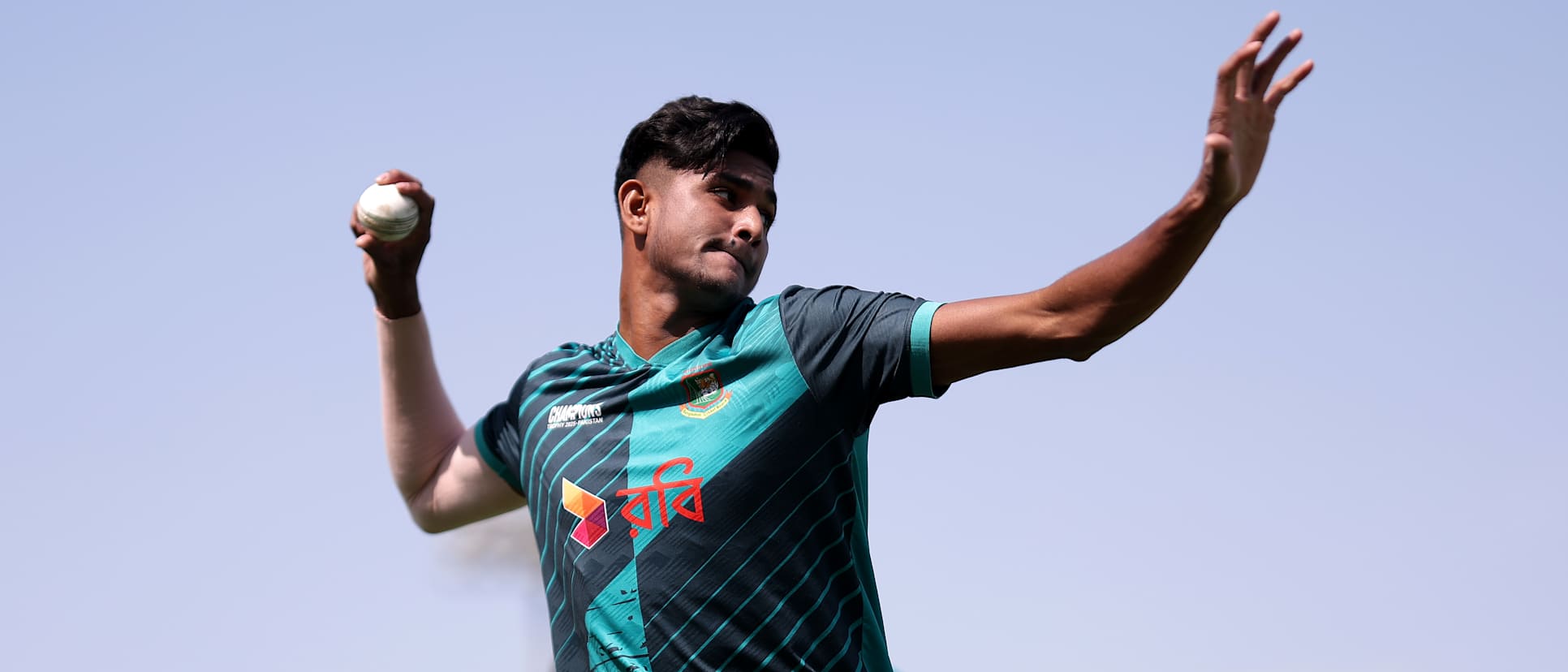Rapid Rana is at the bleeding edge of Bangladesh's proud seam-bowling tradition
02/19/2025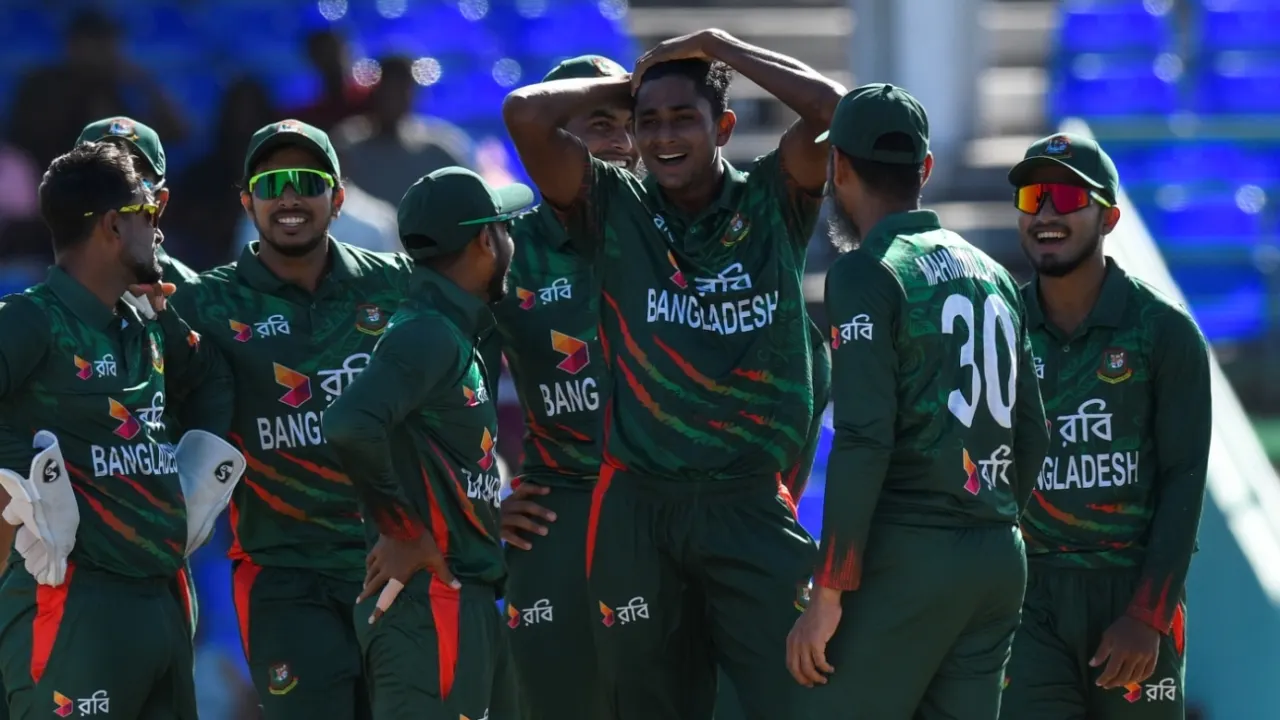
We're in fresh territory for Bangladesh. Well, sort of.
Decades ago, the cliche was that you couldn't sneeze in Dhaka without spraying a gaggle of left-arm spinners. Then, we had the big batting era, in which Tamim Iqbal, Mushfiqur Rahim, Shakib Al Hasan and Mahmudullah held court. But through the course of the last 12 or so years, something else has been bubbling in the background. Bangladesh have been putting together some serious fast-bowling stocks.
Mashrafe Mortaza, in his old warhorse years, had overseen the start of this little revolution, with the likes of Taskin Ahmed, and later Mustafizur Rahman, coming through under him. But it is possible that we're about to hit a higher gear on this thing. In this squad, Bangladesh have Taskin, Mustafizur, and the bustling Tanzim Hasan, which is a decent clutch of quicks anyway. They now also have Nahid Rana.
Watch him in the nets and it's hard not to get caught up. Rana is clearly the quickest of Bangladesh's seamers, frequently hitting 145kph and above. This is the kind of pace that you can hear. Batters are frequently more intense when they are about to face Rana in practice, that threat of being hit sharpening their senses. And when they get bat to ball, there is that unmistakeable "thock" that resounds around cricketing venues, and adds to the theatre of high-octane fast bowling. It is possible, in fact, that there has never been a faster bowler from Bangladesh.
You add to this his height, plus a relatively uncomplicated action, and you can see why the guy has been fast-tracked, right? Rana is that rare Bangladesh cricketer who didn't come through their age group teams, didn't have to toil for years in the first-class system, and was essentially plucked from relative obscurity from his far-flung hometown in the northwest, and carried as if on a palanquin into the national side. There's a charming backwoods sensibility here, too, not just in his action, in which he rushes through the crease rather than loading up before the delivery, which is what the coaching manuals would prefer. Once asked why his wicket celebrations were so lowkey, his response was that the batter already feels bad about getting out, so why do any more to hurt his feelings?
His home town of Chapainawabgonj, meanwhile, is "more famous for its mangoes, rather than cricket," according to Rana. "I was mainly playing tape-ball cricket and could feel I was way quicker than those around me. I could extract more natural bounce because of my height. High pace is a rarity and the coaches and selectors saw something different in me."
In this tournament, Bangladesh need him to shake up the middle overs. Three ODIs in, Rana's strike rate is at 40. They'd love for that number to resemble his List A strike rate - 21.2 after 13 matches.
"In the last few months Rana has bowled really well, and really fast," captain Najmul Hossain Shanto said on the eve of Bangladesh's tournament opener, against India. "And when you see someone on the ground bowling like this, it helps our whole bowling unit. It motivates us and gives the opponent a bigger challenge - that is one thing I really like."




